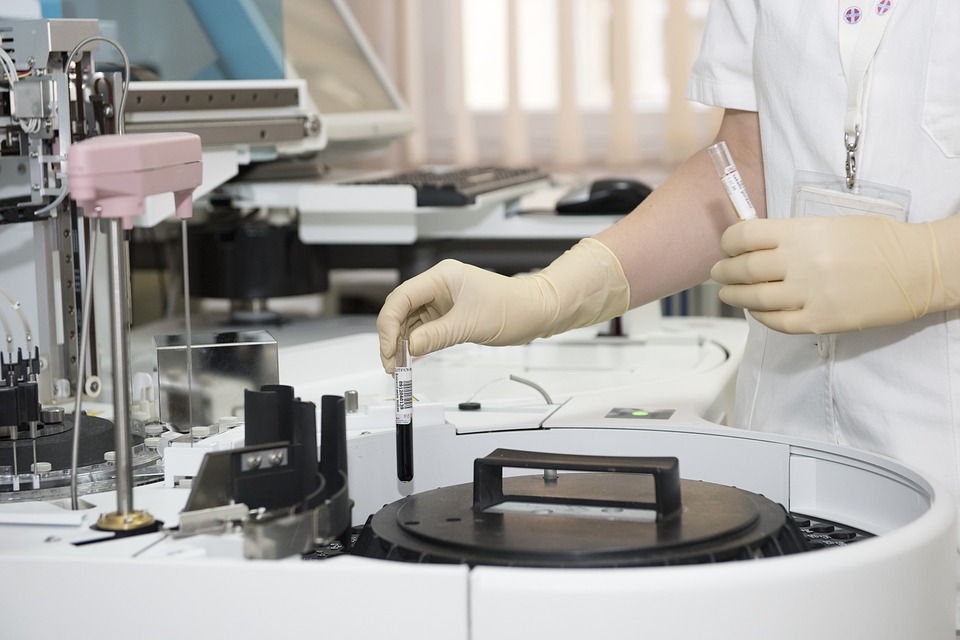By College of American Pathologists, Special for USDR
The College of American Pathologists (CAP) and the American Society of Hematology (ASH) today published an evidence-based guideline that addresses the initial work-up of acute leukemia. The guideline was published in an early online edition of the Archives of Pathology and Laboratory Medicine.
“Initial Diagnostic Work-up of Acute Leukemia: Guideline from the College of American Pathologists and the American Society of Hematology” defines the recommended clinical information and laboratory testing needed for proper diagnosis, with the goal of optimal prognosis, of pediatric and adult patients with acute myeloid leukemia (AML), acute lymphocytic leukemia (ALL), and mixed-phenotype acute leukemia (MPAL).
By relying on this guideline, hematologists, oncologists, pathologists, allied clinicians, and patient advocacy groups can better ensure that each patient receives the most accurate diagnostic testing and subsequent care.
“The laboratory testing to diagnose acute leukemia and inform treatment is increasingly complex, making this guideline essential,” explains Daniel A. Arber, M.D., University of Chicago School of Medicine, who served as the CAP representative co-chair for the guideline. “New gene mutations and protein expressions have been described over the last decade in all types of acute leukemia—and many of them impact diagnosis or inform prognosis.”
Most notably, the guideline underscores the essential steps to coordinate and communicate across clinical teams, specifying information that must be shared—particularly among treating physicians and pathologists—for optimal patient outcomes, and to avoid unnecessary duplicative testing. By identifying the best timing and setting for recommended tests, the guideline also provides structured, baseline recommendations to manage molecular testing.
“With its multidisciplinary perspective, this guideline reflects contemporary, integrated cancer care, and therefore, it will also help providers realize efficiencies in test management,” said ASH guideline co-chair James W. Vardiman, M.D., the University of Chicago School of Medicine.
Drs. Arber and Vardiman led an interdisciplinary team of hematologists, and hematopathologists. This panel systematically sought and reviewed published evidence to answer six questions for the initial diagnosis of the specified range of acute leukemias, including of ambiguous lineage:
1) What clinical and laboratory information should be available?
2) What samples and specimen types should be evaluated?
3) What tests are required for all patients during the initial evaluation?
4) What tests are required for only a subset of patients?
5) Where should laboratory testing be performed?
6) How should the results be reported?
In addition to the full guideline, the recommendations will also be available in a printed pocket guide and digitally in the ASH Pocket Guides app.
Given the incidence of leukemia, the new CAP/ASH guideline holds promise for broad clinical reach and positive patient impact. Every three minutes, someone in the U.S. is diagnosed with blood cancer, and nearly 176,000 new cases are expected this year. Of these, an estimated 35 percent will be a type of leukemia, according to the Leukemia & Lymphoma Society.
About the American Society of Hematology (ASH)
The American Society of Hematology (www.hematology.org) is the world’s largest professional society concerned with the causes and treatment of blood disorders. Its mission is to further the understanding, diagnosis, treatment, and prevention of disorders affecting blood, bone marrow, and the immunologic, hemostatic, and vascular systems by promoting research, clinical care, education, training, and advocacy in hematology. The official journal of ASH is Blood (www.bloodjournal.org), the most cited peer-reviewed publication in the field, which is available weekly in print and online. In 2016, ASH launched Blood Advances (www.bloodadvances.org), an online, peer-reviewed open-access journal.
About the College of American Pathologists (CAP)
As the world’s largest organization of board-certified pathologists and leading provider of laboratory accreditation and proficiency testing programs, the CAP serves patients, pathologists, and the public by fostering and advocating excellence in the practice of pathology and laboratory medicine worldwide. For more information, READ THE CAP ANNUAL REPORT at cap.org.
SOURCE College of American Pathologists

